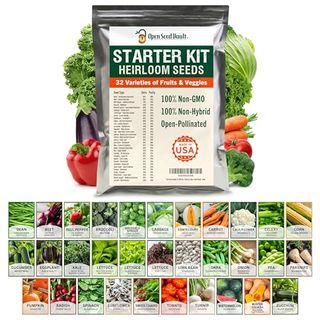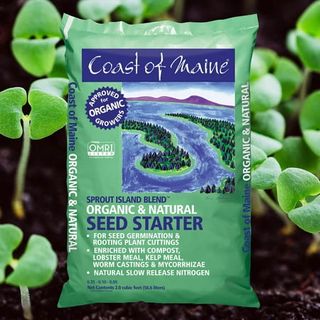9 February gardening jobs you can do now to guarantee a successful growing season and long-lasting color
From pruning and planting to propagating, discover the essential February gardening jobs to do outdoors and in
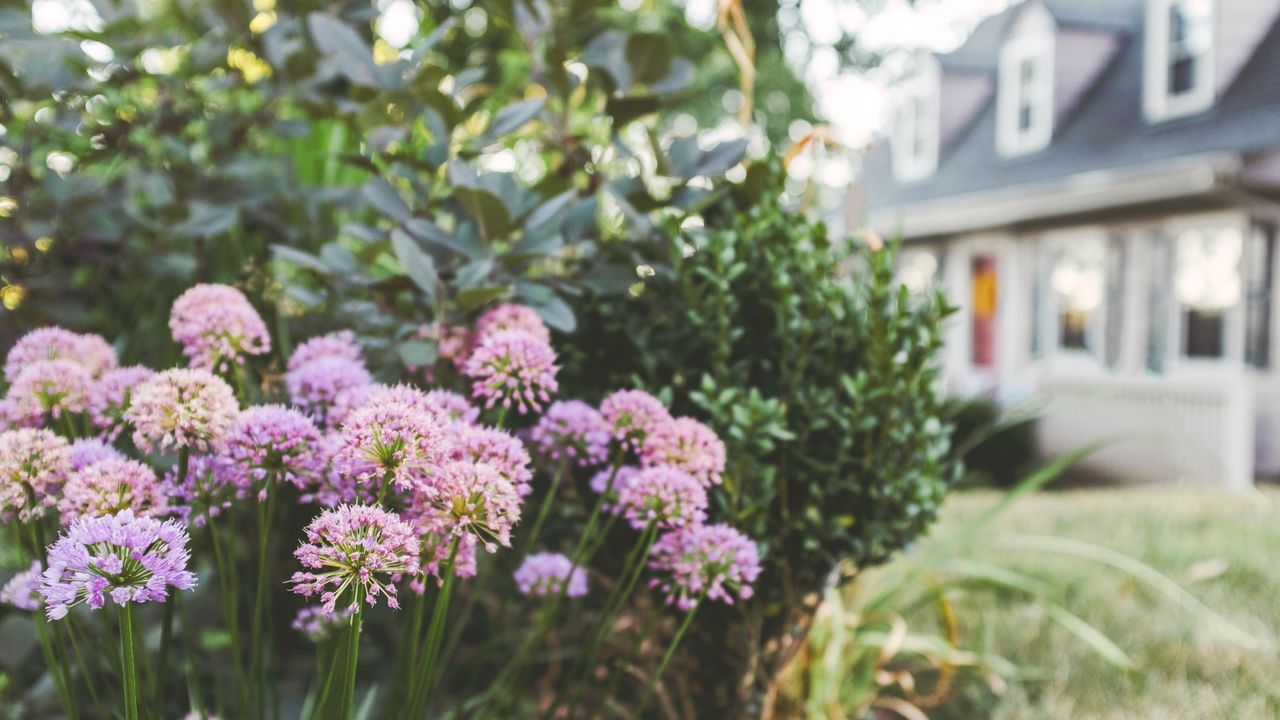

There are lots of jobs to do in the garden in February. The month can be cold and wet but there are signs of spring and tasks to prepare your garden for the season ahead.
February gardening jobs include taking on the four ‘P’s of propagating, pruning, planting, and preparing. Luckily, these are all enjoyable jobs and brighten up the winter days.
I worked year-round as a professional gardener and spent many busy February days trimming, sowing seeds, and prepping beds - plus doing some planning in bad weather. This guide highlights nine jobs for this month, including what to plant in February.
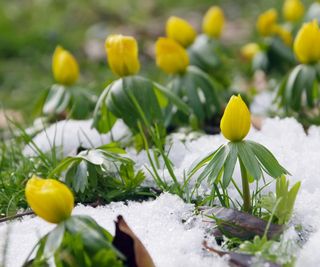
9 jobs to do in the garden in February
Add these to your winter gardening checklist. They are some of the best February gardening jobs and will help get your season off to a great start with healthy plants, great vegetables, and a backyard brimming with flowers and fruit come summer.
Cut down ornamental grasses
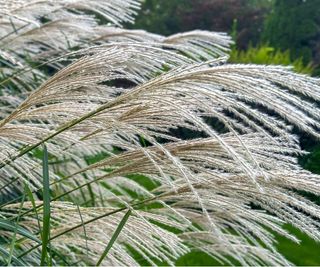
A key maintenance task when you grow ornamental grasses is to cut them back in late winter. Cutting back ornamental grasses keeps them tidy and clears out all the old growth before the new shoots emerge. Cutting back ornamental grasses in February allows you to trim before new growth comes through and reduces the risk of accidentally cutting this year’s shoots.
Deciduous grasses, including miscanthus varieties, are best bundled together and cut 10-12 inches from the ground, while evergreen grasses require a different technique. For those, remove old flower stalks and get rid of dead foliage by combing your fingers through the grass. It is important to wear a pair of strong gardening gloves, available at Walmart, to prevent razor-sharp grass blades from cutting your hands.
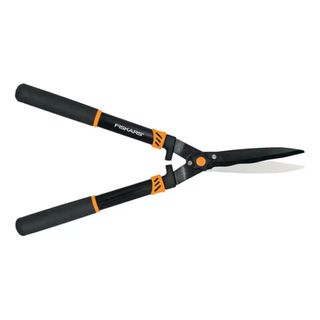
These hedge shears feature precision-ground steel eight-inch blades with an undulating design to help you make precise cuts. Plus a tension control knob to adjust the blades when cutting dense stems.
Chit early potatoes
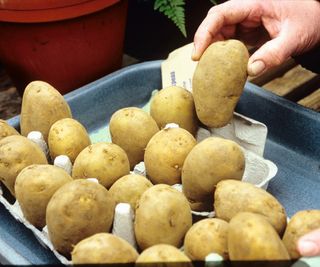
Chitting potatoes is a tried-and-tested method of sprouting seed potatoes indoors early to extend the growing season when growing potatoes. Growers believe that chitting up to six weeks before planting potatoes in the ground outdoors results in a bigger harvest. Chitting is most important with early potato varieties, but can also be done with maincrop potatoes if you wish.
Arrange your seed potatoes - it is always best to use certified seed potatoes rather than try to grow a potato from a store-bought potato - in an egg box or seed tray with the eyes facing upwards. Place this container somewhere bright and cool, at around 70˚F, and shoots should sprout within 2-3 weeks.
Whether you grow potatoes in a container, bag, or bucket, or in the ground, chitting is a beneficial tool to help boost your harvest of potatoes. Discover the range of seed potatoes available at Burpee.
Sow seeds indoors
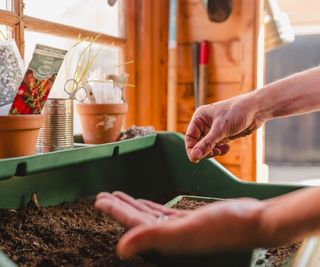
There is a chance to plant vegetables and flowers in February by sowing seeds indoors in warm and protected environments, such as in a greenhouse or on a warm windowsill. However, it is often too early to sow seeds outdoors unless you live in a hotter US hardiness zone or use cloches and fleece to warm up the soil for late winter sowings.
The list of flowers to sow in February includes the likes of antirrhinums (or snapdragons), sweet peas, salvia, nasturtiums, black-eyed Susans, and cosmos. As for vegetables to plant in February, fava beans, peas, onions, and brassicas including cabbages, cauliflower, and kale can be sown. It is a good month for early sowings of heat-loving crops if you grow food in a greenhouse, such as tomatoes, chili peppers, and cucumbers.
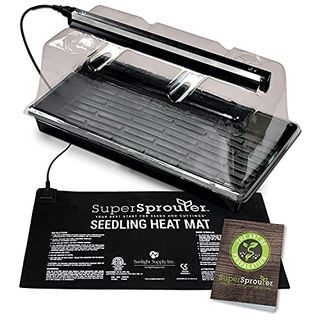
A complete propagation kit for sowing seeds during the winter months. With a heat mat and grow light to give seedlings extra warmth and light.
Protect fruit blossom
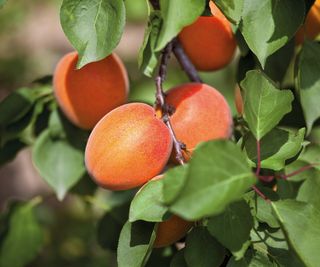
Frosts can damage delicate new growth and early blossom of fruit trees and set back any hopes of a top harvest. Early-flowering fruit trees like apricot trees, peach trees, and nectarines are most susceptible in late winter and it is advisable to protect fruit trees from frost if you fear they are vulnerable this month.
A simple way to protect plants from frost is to cover them in frost cloth, also known as horticultural fleece, or burlap. But make sure to weigh the material down to keep it in place.
Keep the fruit tree wrapped up at night but uncover it again during the day so pollinators can access the flowers. You can get purpose-built covers with zips for smaller fruit trees to make it easier to cover and uncover plants.

A lightweight and breathable cover made from non-woven polypropylene fabric that can be used to protect plants from frost and extend the growing season of your plants.
Prepare vegetable beds
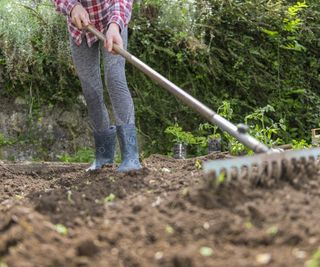
Providing the ground is not frozen or waterlogged, February is a great opportunity to prepare the vegetable garden for the season ahead. Taking the time now to weed beds and supplement the soil with organic matter, such as compost, well-rotted manure, or leaf mold, will reap many rewards come summer.
Mulching the vegetable garden with a layer of organic matter suppresses weeds from sprouting once the temperature increases. It also improves the moisture-holding capacity and drainage of all soil types. Alternatively, you can incorporate the organic matter into the soil rather than add a mulching layer.
If you want to start a vegetable garden, you can do so this month. No matter the size of your kitchen garden ideas, you can clear and weed new beds, build raised garden beds, or start with no-dig gardening in February.
Lift and divide snowdrops
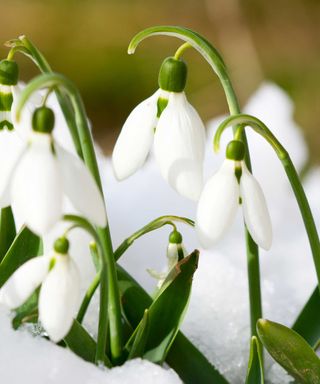
February is an ideal time to plant snowdrops ‘in the green’ if you want to add more of the beautiful and early-flowering frost-hardy plants to your yard. Snowdrops are one of the earliest flowers to appear after winter and they are a welcome sight to many as they herald a first sign of spring on the way.
Planting snowdrops ‘in the green’ means lifting and transplanting them after they have flowered, but still have green leaves. Dig up large clumps and separate them into smaller sections by prising them apart with your hands. Place the new clump into a hole in the soil and plant them at the same depth before watering well.
Doing this task in late winter gives the snowdrops time to get established in their new home ready to bloom next winter. You can also buy snowdrops to grow ‘in the green’ from nurseries or online to plant this month.
Prune wisteria (and other shrubs)
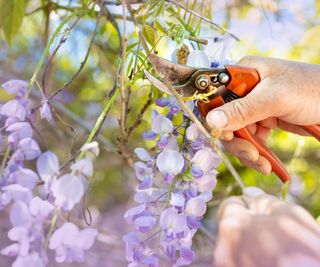
Wisteria is a hugely popular flowering climber that requires two trims annually to keep it healthy, and compact, and put on its dazzling blooming display each year.
As for when to prune wisteria, it needs trimming in summer and during winter dormancy - and February is a perfect time for the annual late winter cut. Wisteria pruning in winter can be simple and must be done with clean and sharp pruning tools. Remove dead, diseased, and damaged wood, and cut back last summer’s growth to two or three buds.
Along with wisteria, several other popular shrubs are plants to prune in February. The likes of clematis, roses, butterfly bush, hydrangea, and crepe myrtle will also benefit from being given some attention this month.
Prune fruit trees and bushes
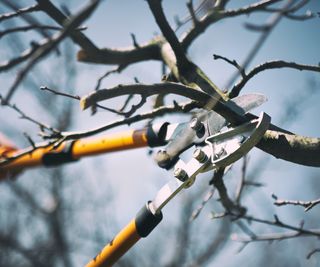
Many different fruit trees and soft fruit bushes are pruned in late winter during their dormancy period.
Pruning fruit trees keeps them healthy and productive. Apples, pears, quince, and figs are all fruit trees to prune in winter to encourage the growth of new shoots and fruiting buds. However, do not trim stone fruits, including apricots, peaches, nectarines, or plum trees. These fruit trees are pruned in summer to avoid diseases, like silver leaf.
As well as fruit trees, February is the time to prune autumn-fruiting raspberry canes and soft fruit bushes including gooseberries, redcurrants, blackcurrants, and blueberries. When you do prune, these soft fruits are ideal plants to propagate in winter and you can take plant cuttings at the same time as doing annual pruning.

A pair of professional, sharp, and hard-working pruning shears for trimming fruit trees, bushes, and garden shrubs. Featuring hardened steel blades and forged aluminium alloy handles, they are reliable tools and all parts are replaceable.
Research and plan

Finally, when the weather is undesirable in February, why not take some time to plan the gardening season ahead?
Whether drawing up plans for flower beds, planning a crop rotation for the season, or making a seed sowing schedule to plan your propagation for the year, getting organized and making plans is enjoyable and can help you be more efficient going forward.
Reading books and magazines and looking at social media can inspire you and browsing seed catalogues or websites will help you decide what to grow and help you order the seeds or plants you want in your backyard this year.
I have outlined nine February gardening jobs, but there is still time to add one more recommended job. That is to grow forced rhubarb for earlier, tender pink stems.
Forcing vegetables involves covering plants with pots or buckets to prevent light and encourage them to grow earlier shoots. Cover rhubarb crowns in February and you will enjoy sweet stems in late March or early April that are ideal for early spring desserts.
Sign up to the Homes & Gardens newsletter
Design expertise in your inbox – from inspiring decorating ideas and beautiful celebrity homes to practical gardening advice and shopping round-ups.

Drew’s passion for gardening started with growing vegetables and salad in raised beds in a small urban terrace garden. He has worked as a professional gardener in historic gardens and specialises in growing vegetables, fruit, herbs, and cut flowers as a kitchen gardener. That passion for growing extends to being an allotmenteer, garden blogger, and producing how-to gardening guides for websites. Drew was shortlisted for the New Talent of the Year award at the 2023 Garden Media Guild Awards.
You must confirm your public display name before commenting
Please logout and then login again, you will then be prompted to enter your display name.
-
 I thought this dated design feature was reserved for 80s ski resorts – but Amber Lewis has proved it can work in a chic modern organic space
I thought this dated design feature was reserved for 80s ski resorts – but Amber Lewis has proved it can work in a chic modern organic spaceAlbeit controversial, Amber embraces the retro stone wall in a recent project and lets it inspire the living room's modern organic design
By Eleanor Richardson Published
-
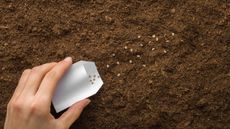 Direct sowing vs transplanting – our grow-your-own expert advises which is best, and shares 5 veggies you should always sow directly
Direct sowing vs transplanting – our grow-your-own expert advises which is best, and shares 5 veggies you should always sow directlyBoth approaches to sowing vegetables have pros and cons
By Drew Swainston Published
-
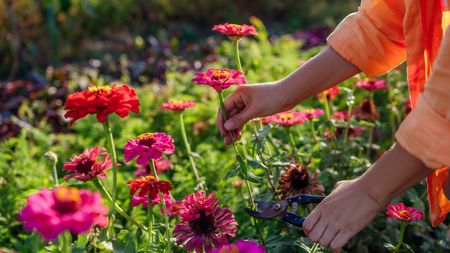 7 dazzling cut flowers to plant in April for bountiful blooms to enjoy in bouquets, vases, and displays this summer
7 dazzling cut flowers to plant in April for bountiful blooms to enjoy in bouquets, vases, and displays this summerDiscover sowing tips from an expert horticulturist
By Drew Swainston Published
-
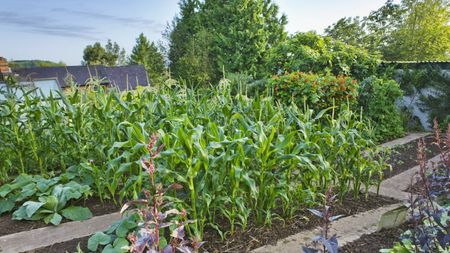 7 of the best vegetables to plant in April, with sowing tips from an experienced grower for bumper harvests
7 of the best vegetables to plant in April, with sowing tips from an experienced grower for bumper harvestsFrom broccoli to zucchini, April is a fantastic time to plant a wide range of vegetables
By Drew Swainston Published
-
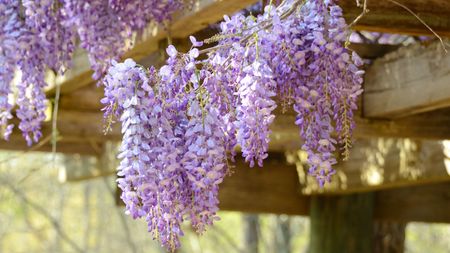 Best fragrant spring-flowering perennials – 5 charming choices to infuse delightful scent in your yard this season
Best fragrant spring-flowering perennials – 5 charming choices to infuse delightful scent in your yard this seasonSpring is full of so many beautiful aromas, uplifting our yards and making them an even more pleasant place to be
By Tenielle Jordison Published
-
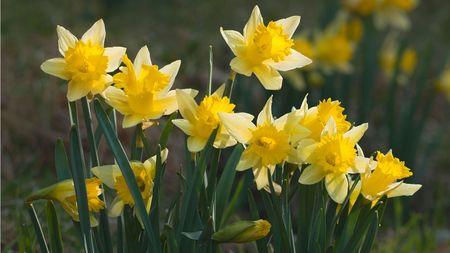 Is it too late to plant daffodil bulbs in March? Expert advice on making late planting a success
Is it too late to plant daffodil bulbs in March? Expert advice on making late planting a successThese stars of spring should be planted in fall, but that doesn't necessarily mean you've missed your opportunity once spring comes around
By Tenielle Jordison Published
-
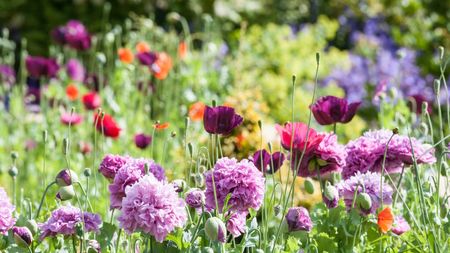 Do these 5 early-spring garden tasks right now, experts say, for an abundant growing season ahead
Do these 5 early-spring garden tasks right now, experts say, for an abundant growing season aheadNow is the perfect time to prepare your backyard for a successful gardening year
By Tenielle Jordison Published
-
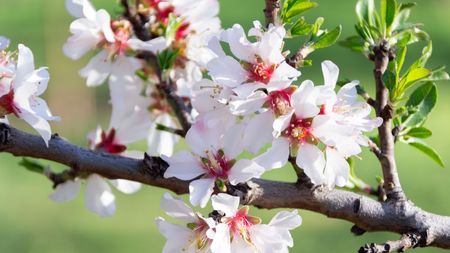 Best trees for spring blossom – 5 beautiful options for a spectacular seasonal show in any sized yard
Best trees for spring blossom – 5 beautiful options for a spectacular seasonal show in any sized yardPlanting one of these best trees for spring blossom will fill your yard with color
By Thomas Rutter Published
-
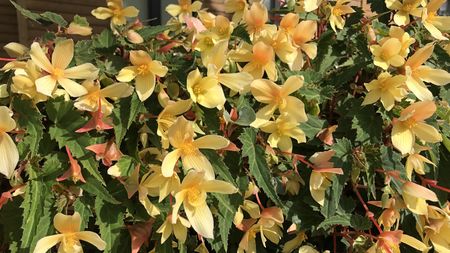 How to plant begonia bulbs – and transform your yard with the ultimate summer-flowering plant
How to plant begonia bulbs – and transform your yard with the ultimate summer-flowering plantFrom hanging baskets to patio pots, begonias are sure to elevate your summer displays
By Thomas Rutter Published
-
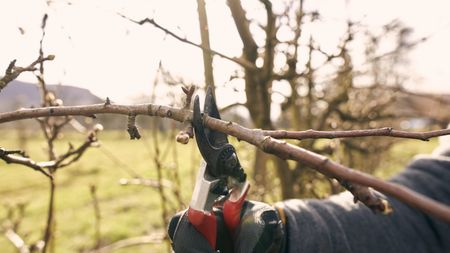 7 trees to prune in March before it is too late, plus trimming tips from an expert horticulturist
7 trees to prune in March before it is too late, plus trimming tips from an expert horticulturistDiscover our pick of trees that may require some attention this month
By Drew Swainston Published
